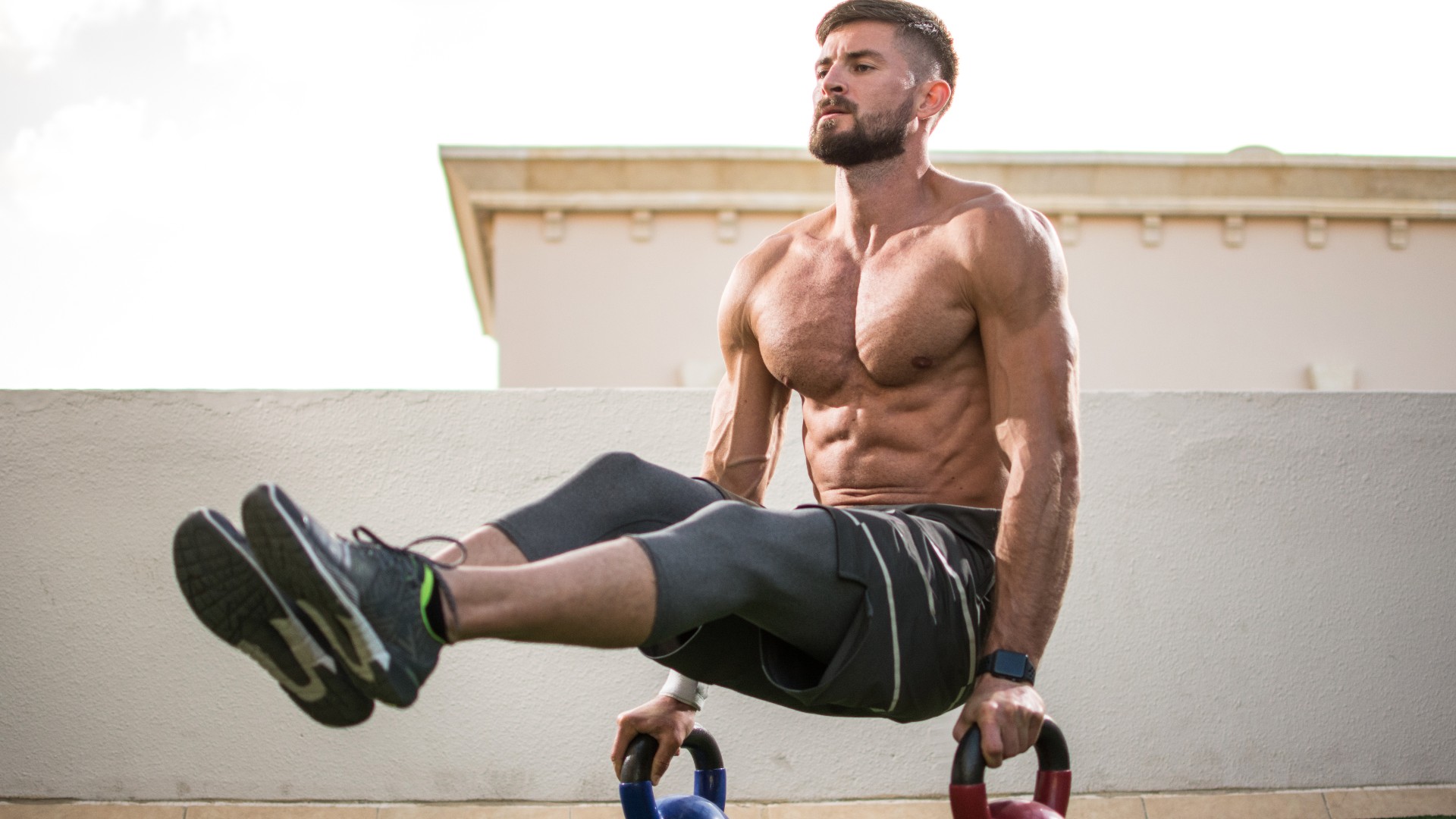When someone asks “does calisthenics build muscle,” they’re usually standing at a crossroads. On one side is the gym with its barbells and dumbbells. On the other is bodyweight training, offering convenience without expensive memberships. The question matters if you want to build your physique without a full gym setup.
The short answer is yes. But the real evidence deserves a closer look. Your muscles don’t grow because of a specific piece of equipment. They grow because you create mechanical tension and metabolic stress that signal your body to adapt. When you perform a push-up, pull-up, or handstand hold, your muscles contract against resistance. That resistance is bodyweight instead of a dumbbell, but the fundamental principle stays identical.
Research shows that muscle growth depends on three factors: progressive overload, adequate protein intake, and sufficient recovery time. None require external weights. This is why gymnasts and street fitness athletes develop impressive muscularity with nothing but bodyweight as resistance.
For detailed progressions and strategies, you can explore does calisthenics build muscle for comprehensive guidance backed by exercise science.
Progressive Overload Without Iron
Many people assume progressive overload only means adding weight to the bar. Calisthenics offers numerous ways to increase difficulty. You can increase volume through more reps, decrease rest periods, or modify leverage. A person might progress from wall push-ups to incline push-ups to standard push-ups to pseudo-planche push-ups. Each progression increases load on your chest, shoulders, and triceps.
With pull-ups, progression might move from assisted variations with resistance bands to strict pull-ups to weighted pull-ups using a dip belt. Advanced practitioners work toward muscle-ups, front levers, and human flags. Time under tension matters too. A 3-second descent on each push-up creates significantly more muscle stimulus than rapid, bouncing movements.
Building Muscle Strategically with Bodyweight
If muscle building is your goal, bodyweight training requires intentionality. Focus on compound movements that recruit large muscle groups: push-ups, pull-ups, dips, rows, squats, and lunges. Research suggests moderate rep ranges (6 to 12 reps per set) paired with higher volume maximize hypertrophy.
With bodyweight training, achieving sufficient volume often means more sets. A gym lifter might do three sets of five heavy squats, while a bodyweight athlete performs five sets of twelve to fifteen bodyweight squats, adding depth, pauses, or a weighted vest as they progress.
The weighted vest bridges pure bodyweight training and traditional weight training. Adding external load allows straightforward progressive overload without full gym access. Many serious bodyweight athletes use weighted vests when bodyweight variations become too easy.
Nutrition and Recovery Still Rule
Training method matters less than nutrition and recovery for building muscle. The perfect calisthenics program won’t work if you’re not eating enough protein and calories. Your body needs raw materials to construct new tissue.
Aim for approximately 0.7 to 1 gram of protein per pound of bodyweight daily. You need to eat at a moderate surplus or maintenance calories. Muscle building doesn’t happen in a significant deficit. Sleep represents another critical variable that gets overlooked. Muscle grows during recovery, not during workouts. Prioritize 7 to 9 hours nightly with consistent sleep timing. Poor sleep impairs protein synthesis and blunts your hormonal response to training.
Addressing the Limitations
Bodyweight training has legitimate limitations compared to barbell training. Loading heavy in the lower body proves harder with pure calisthenics. Progressive pistol squats are valuable, but many find barbell training allows easier linear progression in lower body strength and muscle development.
However, you can still build impressive leg muscle with calisthenics through creativity and patience. Many athletes combine bodyweight work with minimal equipment. A pull-up bar, rings, and a dip station open numerous possibilities.
Real World Results
Gymnasts rarely touch barbells yet carry impressive muscularity in athletics. Street fitness athletes and calisthenics competitors develop visible, functional muscle without traditional gyms. Prisoners build muscle exclusively through bodyweight training. The empirical evidence is clear: calisthenics builds muscle.
The real question is whether you have patience and consistency to apply progressive overload systematically over months and years.
The Practical Path Forward
Start with solid compound movements. Master push-ups, pull-ups, rows, squats, and dips. Learn multiple progressions for each movement so you have a clear advancement path. Track your workouts consistently. Train three to four sessions weekly focused on compound movements and progressive overload. Eat adequately with enough protein and calories for your goal. Get sufficient sleep and manage stress.
So does calisthenics build muscle? Yes. Your muscles respond to tension and overload regardless of resistance source. The pathway requires more creativity than barbell training, but the destination remains the same. If you commit to patient, consistent application of progressive overload, calisthenics delivers results.

